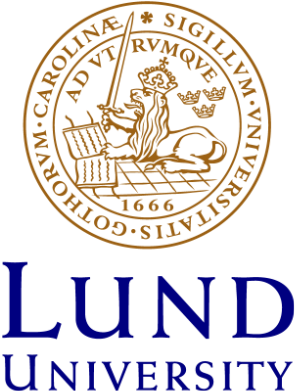Search results
Filter
Filetype
Your search for "*" yielded 535014 hits
Deliberative Democracy under the Wrong Conditions? Participation in Developments of Green Consumer Politics
Analysis of chemical reacting heat transfer in SOFCs
From ad-man to digital manager. How strategic communication became a professional project
n this paper I argue that strategic communication practitioners are set to form a monopoly over specific skills and competences, which separate them from other groups in order to gain professional status. This process has developed gradually; requirements for communication workers were not that high put a couple of decades ago. But in relation to demands on a societal level, strategic communicatio
Buddhism in the process of resilience after the tsunami in southern Thailand
Discourse reference is bimodal : How information status in speech interacts with presence and viewpoint of gestures
Speakers use speech and gestures to represent referents in discourse. Depending on referents’ information status, in speech speakers will vary richness of expression (e.g., lexical noun phrase [NP]/pronoun), nominal definiteness (indefinite/definite), and grammatical role (subject/object). This study tested whether these three linguistic markers of information status interact with presence of gest
Medias bröllopsyra
Methodological Challenges in Times of Change : Egypt, Gender and Political Activity
Experiences from an IT department in Sweden: a practitioner's approach to waste reduction
Testing L2 vocabulary: Swedish advanced learners of English and their command of collocations
Kompendium i Filosofisk Logik
Multivariable controller design for hot rolling mill
This paper describes a controller design for a hot rolling mill. The main purpose of the algorithm is to improve the control of the cross-width thickness profile of the plates. This is obtained by designing a controller which makes independent thickness control possible at the two sides of the rolling mill. This is obtained by first linearizing the positioning systems using feedback linearization
Sexual Health among Young Somali Women in Sweden: Living with Conflicting Culturally Determined Sexual Ideologies
Young Somali women in Sweden are affected by two conflicting ideologies on sexuality: on the one hand, the traditional values demanding chastity and modesty in women and, on the other hand, the public sexual ideology in Sweden, emphasising sexual liberty and the dismissal of sexual taboos. In addition, they have to deal with national campaigns condemning “female genital mutilation”. Some of these
